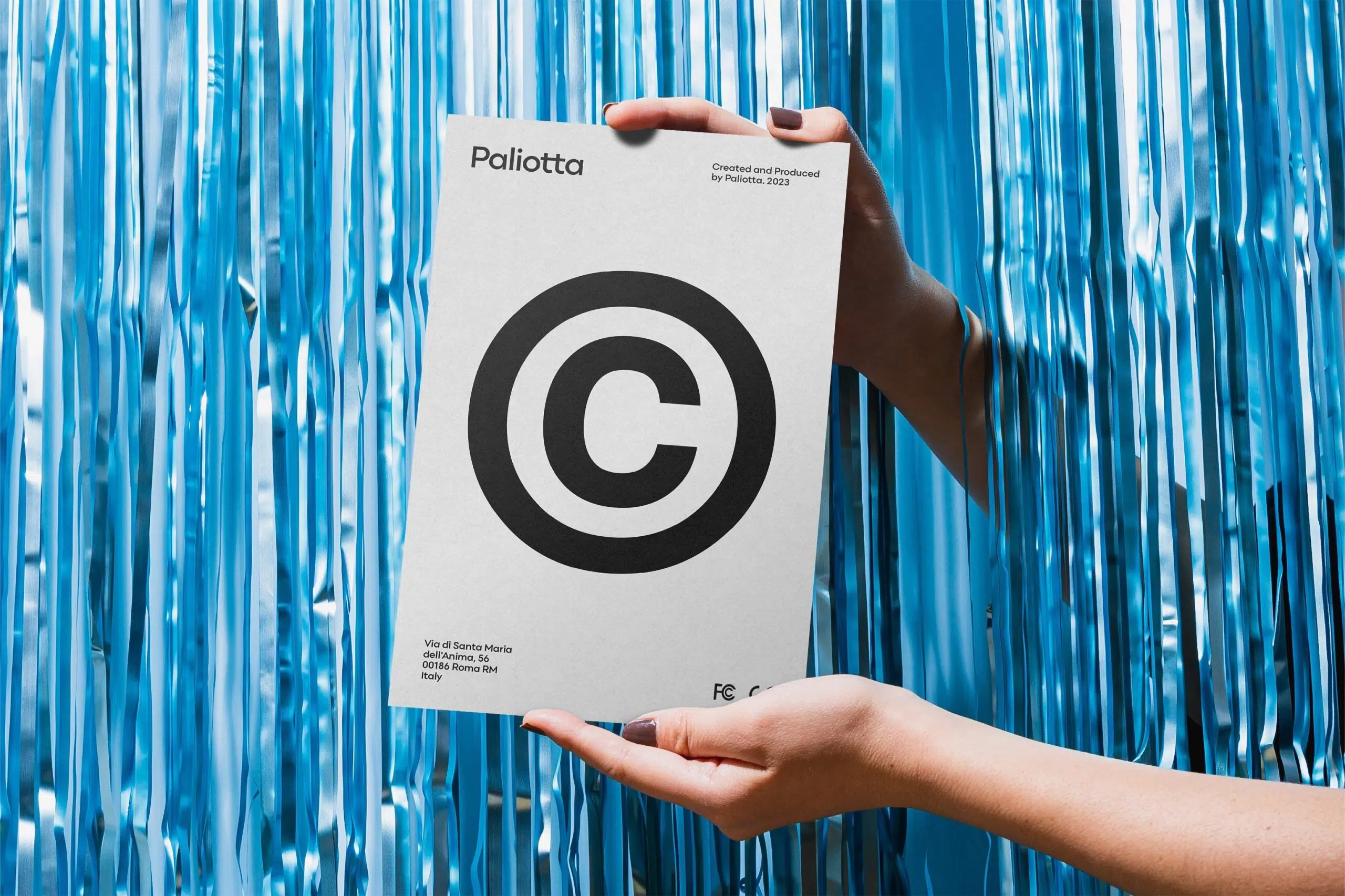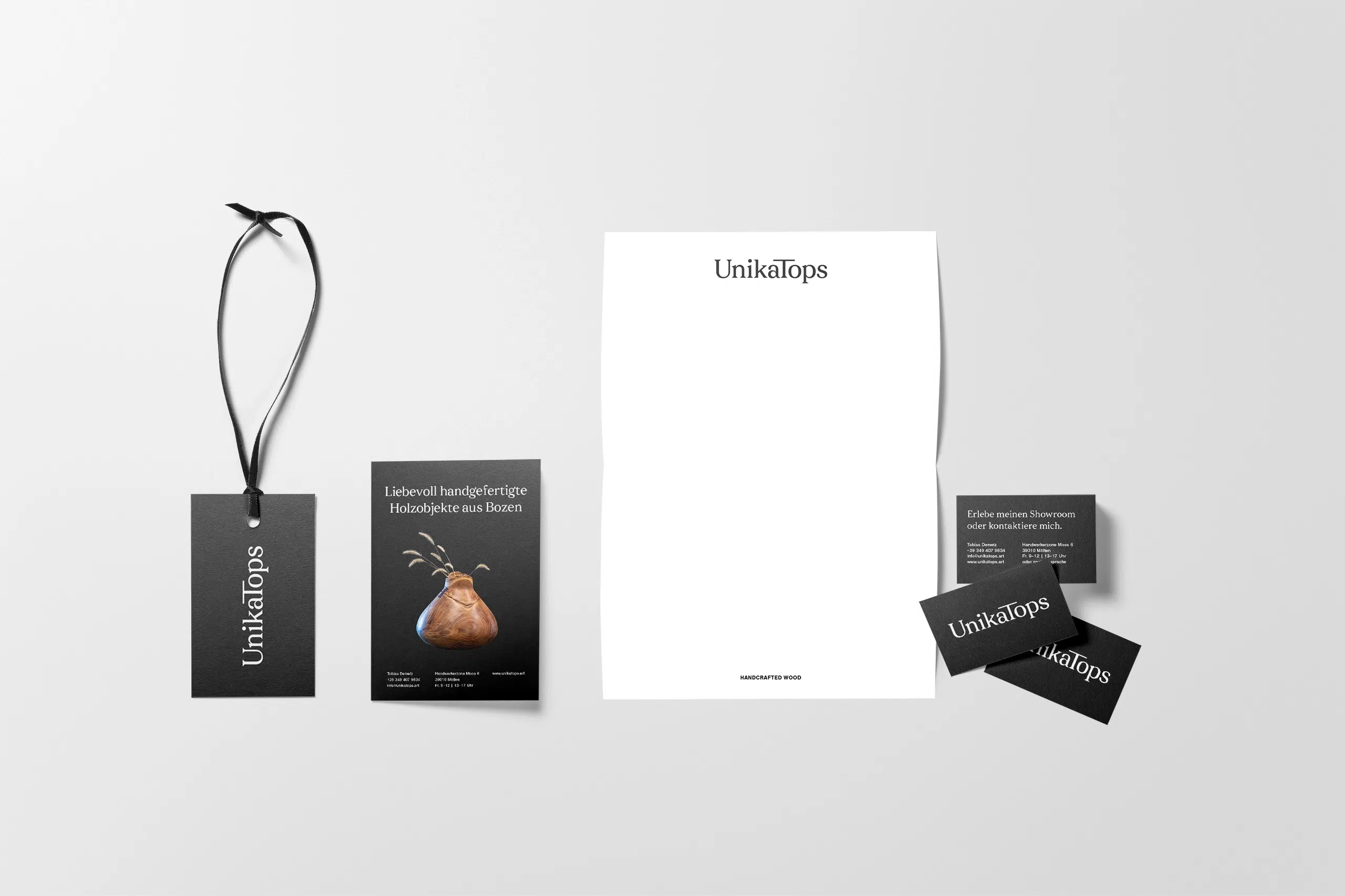When selecting your brand colours, it’s not enough to simply choose a few hues you like. It should be a strategic decision.
You need to consider practical aspects-like legibility-and make sure your colours match your brand’s personality, appeal to its target audience and make the brand stand out in the market.
As a small business with a limited budget, it’s easy to overlook fundamental aspects of choosing brand colours. But these factors can make or break your brand.
Here are ten pitfalls when choosing brand colours and how to avoid them:
1. Ignoring your target audience
Your audience’s preferences and traits should guide your brand colour choices. You should understand and respect their unique values, lifestyle, and what they seek from a brand.
Depending on these factors, different colours will be received differently. Choosing colours that match the personality and values of your audience will strengthen the emotional connection and relevance of your brand.
Consumers are not one-dimensional.
For example, eco-conscious consumers might be drawn to calm, earthy tones like beige, green, grey, and brown, especially when buying items like cleaning or skincare products. Yet, the same group might also like bold, vibrant colours in contexts like entertainment.
Finding the sweet spot between your brand and its audience is key. Truly understanding your audience’s values, expectations, and lifestyle helps you select colours that meet their expectations and feel authentic to your brand.
2. Skipping competitor analysis
Another common branding mistake is skipping market research. Differentiation is crucial to standing out from the competition, but you can only achieve it if you know and understand your competitors.
Strategic differentiation helps your brand get:
- Noticed: Choosing a unique colour can capture the attention of people who might otherwise overlook your brand in a sea of similar competitors.
- Identified: A distinctive colour helps consumers quickly associate it with your brand, making it easier to recognise and recall the brand in different contexts and situations. These distinctive brand assets are essential for brand success.
- Remembered: A memorable colour choice ensures your brand stays in the minds of your audience long after their initial encounter, boosting the likelihood of repeat engagement and loyalty.
- Trusted: Ultimately, this repeated exposure to your brand colours builds trust. This is due to psychological principles such as the “mere exposure effect” and the “halo effect” (learn more about cognitive biases that brands can leverage here).
As Marty Neumeier puts it:
If everyone zigs, zag.
So, for example, if you’re in the technology sector, where blue is the norm, opting for a different colour could give you a distinct edge.
3. Overlooking industry standards
While differentiation is extremely important, considering industry norms is also wise.
Some industries have common colour associations—like green for eco-friendly products or blue for tech brands. Sticking to these conventions can help your brand be seen as a valid option, especially in fields like medical or financial services, where trust is vital.
Within these norms, however, you can still be creative and stand out.
For example, if most brands in your sector use dark blue, choosing a lighter shade can make your brand stand out while keeping your brand within industry limitations.
4. Neglecting your brand’s identity
Once you’ve understood your audience and competitors, reflect on what makes your brand unique. Ensure your colours reflect your brand’s strengths, personality, values and unique identity.
A brand strategy can help you clearly define your brand’s attributes. Is it innovative, sustainable, or fair? Is it focused on convenience, affordability or luxury?
Your brand colours should represent the business’s personality and values and communicate your brand’s unique strengths.
Take Airbnb, for example. The brand’s warm colours, like coral and teal, reflect its friendly and inclusive nature, aligning with its mission to create a sense of belonging.
5. Overlooking the emotional impact of colours
Colours can trigger specific emotions and associations, significantly influencing how your brand is perceived and experienced.
Understanding the psychological impacts of colour will help create a brand that resonates deeply with your audience.
For example:
- Red can evoke excitement and passion but may also be associated with warning or danger, making it suitable for creating urgency or grabbing attention.
- Blue typically conveys trust, calmness, and professionalism, which is why it’s popular in industries like finance and technology.
- Green is often linked to nature, health, and tranquillity, ideal for brands in the eco-friendly or wellness sectors.
However, take colour psychology with a grain of salt.
The emotions colours evoke depend significantly on the specific hue and shade, as well as personal experiences and associations.
6. Ignoring cultural differences
When your brand reaches a global audience, be mindful of how different cultures might interpret your brand colours.
For example, while white often represents purity and weddings in Western cultures, it can signify mourning in some Asian cultures.
In various African cultures, white is frequently used in traditional ceremonies and rituals, being associated with purity, spirituality, and peace,
Understanding these cultural nuances helps avoid potential miscommunications and ensures your brand is respectful and relatable to various audiences.
7. Forgetting about neutrals
Many brands focus on bold colours but overlook neutrals. Including light and dark neutrals, such as beige, grey, or pastels, in your colour palette is a good idea for several reasons:
- Balance: Neutrals provide a backdrop for your primary brand colours to stand out without overwhelming the viewer. Remember, whitespace is essential in design and doesn’t have to be pure white.
- Readability: Neutrals enhance text readability and ensure your content remains clear across various mediums.
- Visual comfort: Pure black and white are rarely found in nature and can be harsh on the eyes. Neutrals offer a softer, more comfortable visual experience.
- Brand recognition: Even a subtle tint of a neutral colour can contribute to your brand’s overall coherence and identity. Consistently using these colours helps your audience associate them with your brand.
8. Lacking adequate contrast
Sufficient contrast between colours, especially text and background, is critical for readability and accessibility.
Without enough contrast, your text and other elements can blend into the background, making it hard to read and visually unappealing.
Enough contrast can also help establish a visual hierarchy, guiding the viewer’s attention to critical elements and making information more digestible.
You can use contrast checkers to ensure your colour choices meet accessibility standards across digital and print materials.
9. Selecting too Many or too few colours
Too Many Colours can lead to visual clutter and confusion, making your brand materials appear chaotic and disjointed. It may dilute your brand identity and make it harder for your audience to remember.
Too few colours, on the other hand, can make your brand look monotonous and boring. A limited colour palette makes creating varied and engaging designs difficult.
Opt for a well-considered mix of primary, secondary, and tertiary colours to maintain visual harmony—even in applications like infographics that need extra colours.
Further reading
You might also find my article “How many colours should a brand have?” helpful.
10. Using your brand colours inconsistently
Inconsistent use can confuse your audience and dilute your brand’s message and identity.
Before finalising your colours, best test them in various contexts to ensure they maintain their appearance across different materials and mediums, whether printed or on screen.
Premium mockups are great for initial testing, but always verify colours in print as well.
Establish clear brand guidelines to ensure everyone involved applies your brand colours consistently across all touchpoints, from your website to your packaging.
By the way, not every colour in your palette has to work together seamlessly. When choosing your brand colour palette, you’re creating a system. It’s OK to have combinations that are not allowed as long as you specify them in your brand guidelines.
Strict rules will help maintain consistency in your branding execution. And consistency reinforces your brand’s visual identity and helps build recognition and trust with your audience.
Last words
I hope you found this article helpful.
Avoiding these pitfalls when choosing brand colours will set you on the path to a successful brand identity.
Remember, your brand colours are only part of your brand identity system. Alongside brand colours, elements like your logo, brand fonts, and brand voice play a role in creating a cohesive and memorable brand experience.
Need guidance? Contact me for expert help, or explore my branding resources for helpful links.
If you’re not sure whether to work with a branding agency or freelance brand designer, this article might help you decide.
Title image by Helena Lopes





















